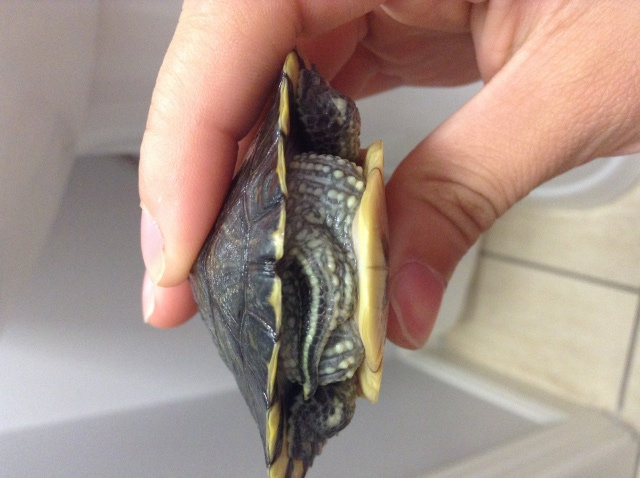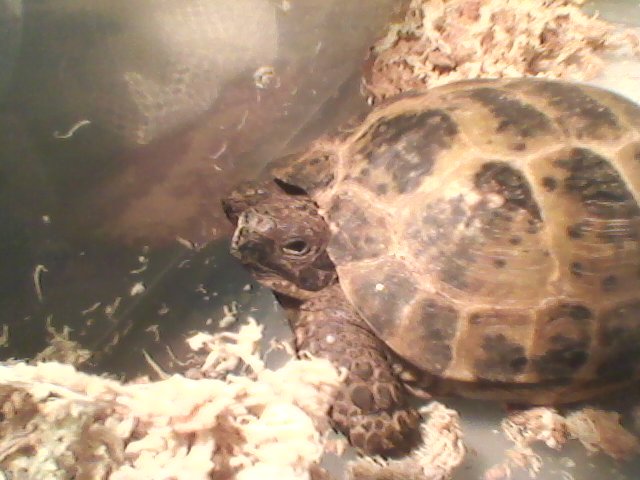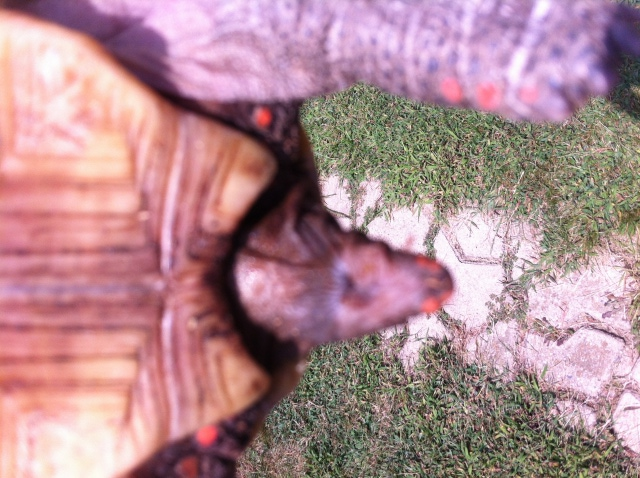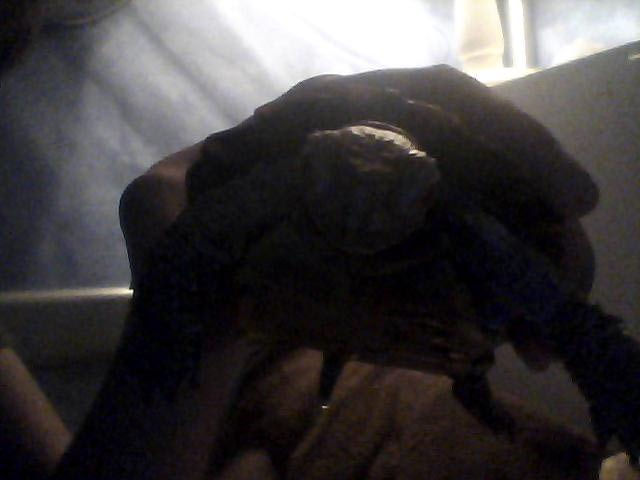QuestionHi, I was recently given a baby snapping turtle that was rescued from a building site. His shell is about an inch long and he lost his egg sack a month or two ago. I have talked to a couple of pet stores in the area about his needs and I always get a different answer. I live on a big lake and when he is bigger I will release him back into nature. First I would like to know if the light I was sold is enough for my turtle. It is a ReptiGlo 2.0UVB light that radiates UVA as well (26W). I have a floating dock that sits underneath it for basking. The salesman told me this was enough but I feel like he should have more. Also how important is heat? Turtles have been surviving outside for ions, especially in my lake that freezes over for the winter. I tell my husband I am concerned about the turtles heat situation but he tells me that next year it will be surviving outside and it will be a lot colder than our house. So maybe you can end our on-going discussion. I thank you for your time and answer.
AnswerHere we go...
1. For reliable info, I like http://www.chelydra.org and http://www.austinsturtlepage.com along with their sister forum http://www.turtleforum.com . I almost never listen to pet shop people any more after some of the terrible or almost humorous advice I have gotten over time. Oh- and all of my answers here assume this is REALLY a Snapping Turtle (Chelydra serpentina)- even though many people call almost any turtle a snapper. (There are photos on both sites to help you ID it.)
2. Releasing turtles back to the wild is generally only recommended if you can do it within 8 months and 1 mile of the capture. You should be OK on this, but in the future, it is best to just move animals from an unsafe location to the nearest safe location rather than trying to take them in.
3. Lighting/basking. UVB/vitamin D3 is a big issue, but very misunderstood. Snappers fed the right diet get plenty of vitamin D3, the stuff UVB makes in our skin, from meat products and good quality pellets. Snappers also rarely bask- they float near the surface or rest in shallow water. We generally offer a simple basking site, but rarely see them use it. The floating pad is OK for a snapper, but would be terribly inadequate for most other turtles.
4. Temperature. Keep the water at about 75-80F- if that is the room temp, great. Otherwise you need a heater. Also, keep the basking area at about 90F. While they can survive colder water, they need solar radiation and other things to do so. When the water cools, it triggers the hibernation reflex which eventually leads to true hibernation (technically, brumation for reptiles). The thing is- if you let it cool down without going to hibernation, it goes into a bad state where it stops eating and digesting right, but the metabolism keeps going- slowly starving the turtle. On the other hand, hibernating an aquatic turtle indoors is a major pain, don't try it.
For great tips on diet, housing, etc., try the above sites or the great forum at http://www.turtleforum.com
Good luck!

 flakey substance on turtles neck and legs
Question
Red ear slider
red ear slider about 9 mos. 20
flakey substance on turtles neck and legs
Question
Red ear slider
red ear slider about 9 mos. 20
 Turtles skin
Question
Back Front
I am just noticing tha
Turtles skin
Question
Back Front
I am just noticing tha
 Russian Tortoise Questions
Question
Ayden the Tortoise
Hello, my name is Mi
Russian Tortoise Questions
Question
Ayden the Tortoise
Hello, my name is Mi
 Redfoot tail
Question
Tail1 Tail2
A few days ago I went
Redfoot tail
Question
Tail1 Tail2
A few days ago I went
 Eyes and Aim
Question
Bowseta
I have a female viatnamiese bla
Eyes and Aim
Question
Bowseta
I have a female viatnamiese bla